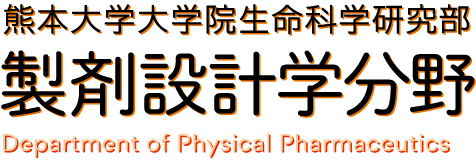Yakugaku Zasshi. 2004 Dec;124(12):909-935.
Pharmaceutical Application of Cyclodextrins as Multi-functional Drug Carriers.
Uekama K.
Department of Physical Pharmaceutics, Graduate School of Pharmaceutical Sciences, Kumamoto University.
Owing to the increasingly globalized nature of the cyclodextrin (CyD)-related science and technology, development of the CyD-based pharmaceutical formulation is rapidly progressing. The pharmaceutically useful CyDs are classified into hydrophilic, hydrophobic, and ionic derivatives. Because of the multi-functional characteristics and bioadaptability, these CyDs are capable of alleviating the undesirable properties of drug molecules through the formation of inclusion complexes or the form of CyD/drug conjugates. This review outlines the current application of CyDs in drug delivery and pharmaceutical formulation, focusing on the following evidences. 1) The hydrophilic CyDs enhance the rate and extent of bioavailability of poorly water-soluble drugs. 2) The amorphous CyDs such as 2-hydroxypropyl-beta-CyD are useful for inhibition of polymorphic transition and crystallization rates of drugs during storage. 3) The delayed release formulation can be obtained by the use of enteric type CyDs such as O-carboxymethyl-O-ethyl-beta-CyD. 4) The hydrophobic CyDs are useful for modification of the release site and/or time profile of water-soluble drugs with prolonged therapeutic effects. 5) The branched CyDs are particularly effective in inhibiting the adsorption to hydrophobic surface of containers and aggregation of polypeptide and protein drugs. 6) The combined use of different CyDs and/or pharmaceutical additives can serve as more functional drug carriers, improving efficacy and reducing side effects. 7) The CyD/drug conjugates may provide a versatile means for the constructions of not only colonic delivery system but also site-specific drug release system, including gene delivery. On the basis of the above-mentioned knowledge, the advantages and limitations of CyDs in the design of advanced dosage forms will be discussed.


